 Lillian McDermott
Lillian McDermott
Time Period: Early Twentieth Century (1901 - 1940)
 Lillian McDermott
Lillian McDermott
McDermott, Lillian Dees
 McDonald-Wait-Newton House (a.k.a. Packet House)
McDonald-Wait-Newton House (a.k.a. Packet House)
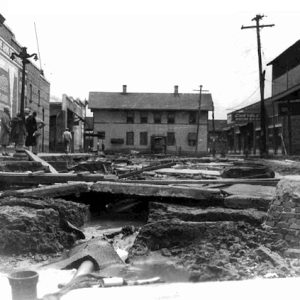 McGehee after 1927 Flood
McGehee after 1927 Flood
 McGehee Depot
McGehee Depot
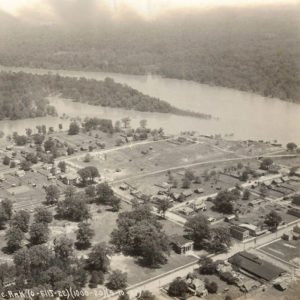 McGehee Flood
McGehee Flood
 McGehee Flood
McGehee Flood
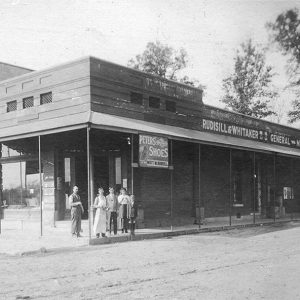 McGehee Merchandise Store
McGehee Merchandise Store
 McGehee Street Scene
McGehee Street Scene
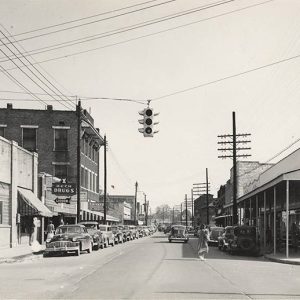 McGehee Street Scene
McGehee Street Scene
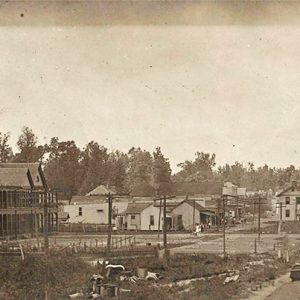 McGehee Street Scene
McGehee Street Scene
 McGehee YMCA
McGehee YMCA
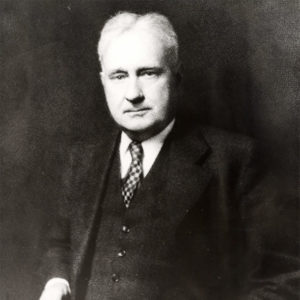 Edgar L. McHaney
Edgar L. McHaney
McHaney, Edgar Lafayette
McIntyre, Samuel (Lynching of)
 Samuel McIntyre Lynching Article
Samuel McIntyre Lynching Article
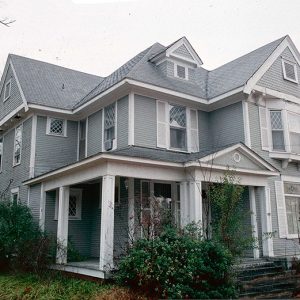 McKenzie House
McKenzie House
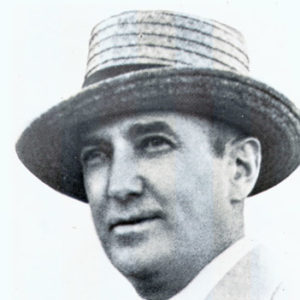 Leo McLaughlin
Leo McLaughlin
McLaughlin, Leo Patrick
McLaughlin, William Heber
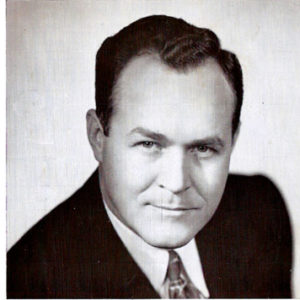 Sid McMath Campaign Flyer
Sid McMath Campaign Flyer
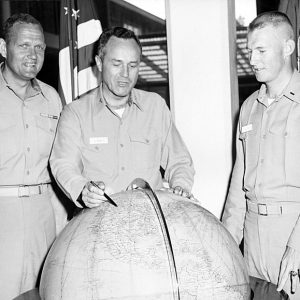 Sid McMath
Sid McMath
 McNab Family Home
McNab Family Home
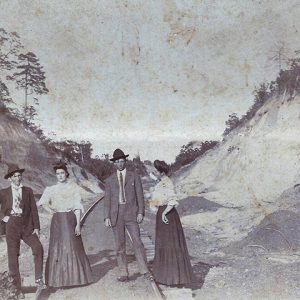 Near McNab
Near McNab
 McNab Scene
McNab Scene
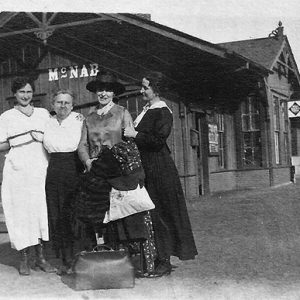 McNab Depot
McNab Depot
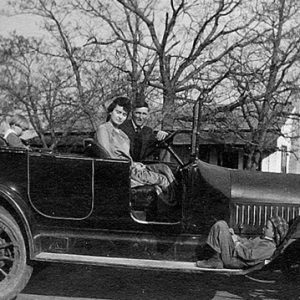 McNab Home
McNab Home
McNeely Creek Bridge
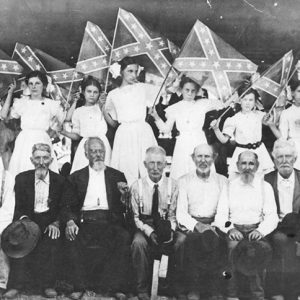 McNeil Veterans Meeting
McNeil Veterans Meeting
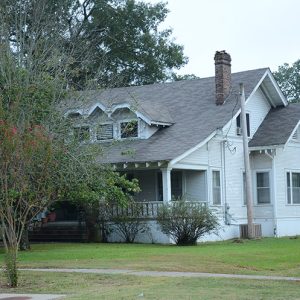 D. L. McRae House
D. L. McRae House
McRae Jail
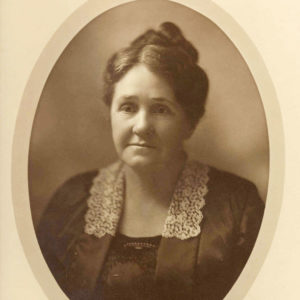 Amelia McRae
Amelia McRae
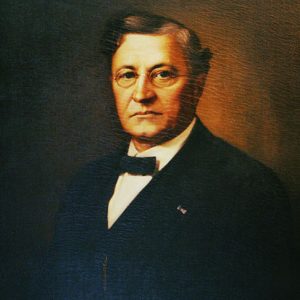 Thomas McRae
Thomas McRae
McRae, Thomas Chipman
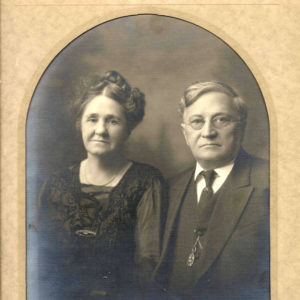 McRaes
McRaes
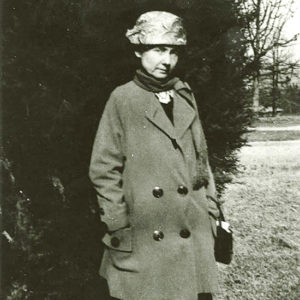 Florence McRaven
Florence McRaven
McRaven, Florence Emily McGraw
McWhorter, Dave (Execution of)
 Dave McWhorter Execution Article
Dave McWhorter Execution Article
Medical Arts Building
 Medical Arts Building
Medical Arts Building
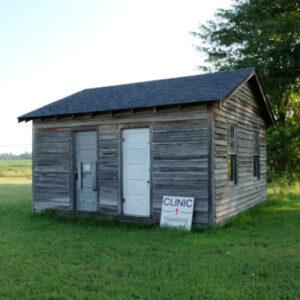 Medical Clinic
Medical Clinic
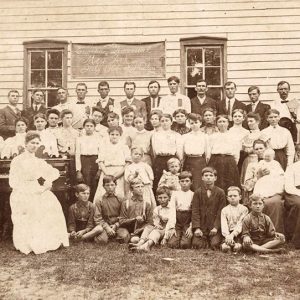 Meg School
Meg School
 Meg-O-Harp
Meg-O-Harp
 Mehaffy Elected
Mehaffy Elected
Mehaffy, James William
Mehaffy, Thomas Miller (Tom)
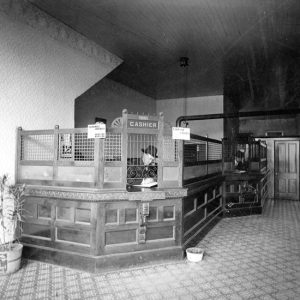 Melbourne Bank
Melbourne Bank
Memorial to Company A, Capital Guards
aka: Lest We Forget
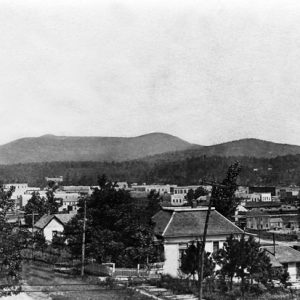 Mena
Mena




